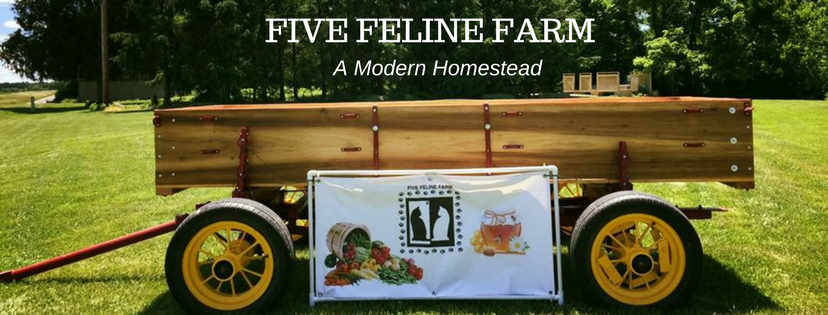There is more to sweet potatoes than a casserole topped with marshmallows.

Do you like sweet potatoes?
Most people think of sweet potatoes only at Thanksgiving. Baked in a casserole with loads of brown sugar, butter and marshmallows melted on top. Although that is a delicious dish reminscent of warmth and family, if that is the only time you are eating sweet potatoes, you are missing out. Sweet potatoes are a delicious, colorful and nutrient rich powerhouse any time of year.
Culivation of sweet potatoes originated in the tropics thousands of years ago. The consistent warm and humid weather provides ideal growing conditions. As humans began to travel the world, they took this vegetable with them and created new varieties.
Even those this relative of the morning glory is a tropical plant if you pay attention to the weather, you can grow them quite well in the 6a zone of Central Illinois. The most prevalent variety and what we grow here at the farm is Beauregard. This variety produces a tuber with dark orange flesh.
Harvest and Storage
As you might imagine with their tropical history, sweet potatoes must be dug before the first frost. If you experience a light frost, it will kill the vines and you should dig the potatoes as soon as possible.
After digging, lay out the potatoes to cure in a warm humid location. This improves the storage capability and makes them sweeter. After two weeks of curing, brush off remaining dirt and store as you would white potatoes.
We have discovered that even though this is the way to prepare for longer term storage, the potatoes are sweet and delicious fresh from the garden.
Preparation
Beauregard sweet potatoes have a smooth creamy flesh when cooked. They are sweet with no additional sugar added. Try cutting into bite size chunks and steaming until tender. Or drizzle with olive oil, season with salt and pepper and roast in a 425º oven until done and the edges are carmelized. Most recently I added steamed sweet potatoes in a ramen noodle bowl along with carrot strips fresh from the garden.
Sweet potatoes go beyond a delicious dish. They are good for you with rich stores of beta-carotene, Vitamin C, fiber and other nutrients.
Think about sweet potatoes next time you want to add some color to your plate.
Don’t forget to follow us on social media; Facebook, Twitter and Instagram. Also, you can have these posts delivered to your inbox weekly by signing up for our email list. You’ll also get a free ebook and periodic exclusive information.







